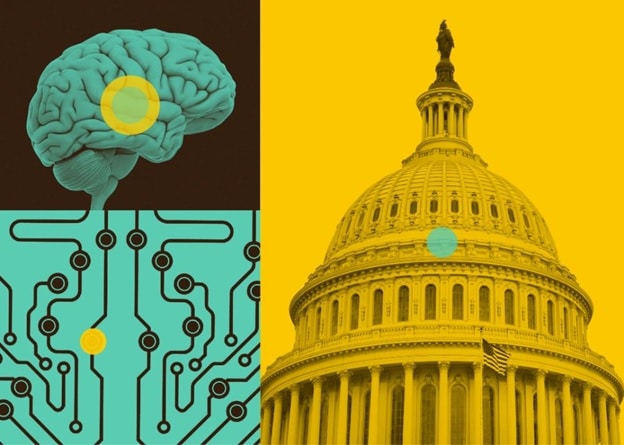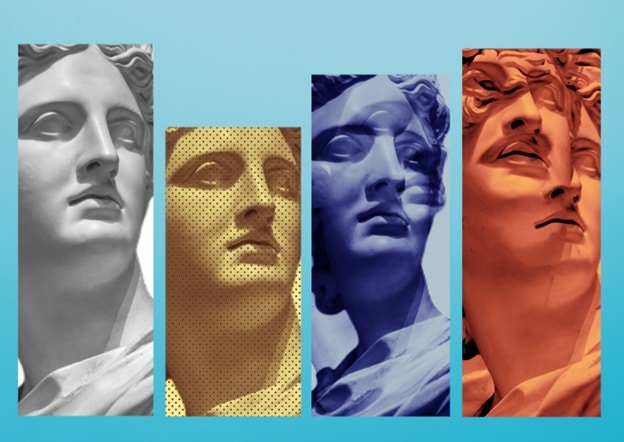Accessibility conversations aren’t just happening in workplaces and learning environments alone. There’s a growing emphasis on how accessible daily leisurely activities are. Gaming has become one hot topic in the accessibility world as of late since over 3 billion people around the world are video gamers.
The number of video game users has grown exponentially over the last decade, and this momentum shows no signs of slowing down. Therefore, gaming companies and video game developers are being challenged to create more accessible experiences. It’s no longer enough to just produce high-quality and immersive games, but accessible ones.
As gaming technology continues to evolve and the appeal of gaming becomes more widespread, companies are considering how inclusive their games and gaming consoles are. Companies and developers who are embracing assistive technologies during the development process – and not later – are the ones who are coming out on top. Offering accessible gaming experiences to players who require additional support allows them to not only engage meaningfully and with equity. It also allows these companies to connect with larger audiences as a result. Gamers and parents of gamers are paying attention, so inaccessibility isn’t a risk worth taking.
Here are some highlights in the realm of gaming accessibility that don’t just apply to gaming companies, but general companies who offered gamified experiences to engage with their communities. Plus, there are tips players themselves and parents should know about accessible gaming.

What does accessibility mean for video games?
Fundamentally, gaming is a multimedia experience. Sights, sounds, haptic feedback and more all combine to engage users and immerse them in the world of a video game. These sensory elements play a critical role in the overall gaming experience for most users. However, not all gamers can engage with these elements in the same way.
Gamers with disabilities may require specific accommodations to enjoy an equitable gaming experience. For example, some video games feature extensive dialogue or other plot-specific audio elements. Without an accommodation, such as captions for when the game includes audio, players who are Deaf or hard of hearing won’t have equal access. Many of these accommodations can also be helpful to others, such as those with ADHD or who are playing in a language that’s not native to them.
Why is accessibility important in video games?
Nearly every business and entertainment experience today is making diversity, equity and inclusion top-of-mind and for good reason. Gaming is no different, and developers must keep accessibility at the forefront of their development and distribution processes.
Making video games more accessible and inclusive allows content to reach a broader, more diverse audience. According to estimates, roughly 1 in 4 adults in the US identifies as having some sort of disability. Failing to offer accommodations for gamers with disabilities alienates a large portion of a game’s potential audience and can negatively impact the public image of a gaming company. Inaccessibility can result in a loss of players and disapproval from the gaming community of both gamers with disabilities and their allies.

When did video games become accessible?
Accessibility standards are constantly changing to keep up with advancements in technology and to respond to the needs of people with disabilities. In the US, one of the primary legal standards governing video gaming accessibility is the 21st Century Communications and Video Accessibility Act of 2010. This act originally mandated accessible communication options for video, television and streaming services. Most recently, legislators updated the language of the act in 2019 to include video games.
Many video games feature real-time communication functionality that isn’t always sufficiently accessible to all users. The CVAA requires that games released after January 1st, 2019 offer voice-over, electronic messaging and video conference options to provide more inclusive communication solutions.
How do I make my gaming accessible?
If you’re a developer or a company offering gamified experiences, accessibility should be considered in the development process. There are a wide range of technologies available to support companies in their accessibility journeys. In addition to offering more inclusive live communication functionality for users with disabilities, you can also invest in technology solutions that support the accessibility of the game content itself.
Audio and visual content often comes with barriers that affect some players. However, assistive technologies can be integrated to ensure more equity is granted to gamers. Many assistive technologies are available that developers can consider to make their content more accessible.

What makes video games accessible to players who are Deaf?
A substantial portion of the gamer population is affected by hearing loss. Roughly 15% of adults in the US experience some degree of hearing loss. That’s over 37 million people. Game developers should take advantage of technologies developed to support the needs of individuals who are Deaf or hard of hearing and incorporate them into their games.
Closed captioning is one easy-to-implement technology to consider. Captions can provide an on-screen representation of the dialogue and other audio elements of a video game. Closed captions allow gamers to enable or disable them at will depending on their needs. However, it’s not enough to simply offer captions. To comply with federal accessibility requirements, closed captions have to be accurate. If they’re not accurate, they can actually hurt the experience for gamers. Captions also must depict spoken language and additional audio components like music or background noises to be effective.
Additionally, many video games feature immersive soundscapes, sprawling background music and in-depth dialogue sequences. In order to offer equitable experiences for gamers with hearing loss, captions must accurately represent all of these audio elements as on-screen text. Failing to do so could substantially impede a gamer’s ability to follow the plot of the game or react to an audio stimulus quickly enough for effective gameplay.

Can people who are blind play video games?
The need for accommodations does not stop with the Deaf or hard of hearing communities. People with vision loss should have ample opportunities to enjoy video games fully and equitably as well. One assistive technology that can help to contribute to more equitable gaming experiences for those with vision loss is audio description.
Audio description is an assistive technology for visually impaired gamers. This solution uses voiceovers to represent important visual components of a video or video game. The audio narration provides a comprehensive description of what is happening on screen at any given moment. This ensures that key visual cues and plot elements are accessible to those who are blind or otherwise affected by vision loss.
Standard audio description tracks tend to be more succinct so that they fit into existing pauses in dialogue and other audio components. Extended descriptive narration is more detailed and thus may require the insertion of pauses into a game to avoid overlapping with important audio elements.

Are video games becoming more accessible?
The expanded requirements outlined in the CVAA laid a solid framework for improved accessibility in games. Still, there is a long way to go before gaming accessibility requirements are on par with other types of media. Disability advocates are pushing for greater accessibility in gaming and many gaming communities now implement their own best practices to offer more equitable gaming experiences.
Verbit is partnering with audio and video content creators to support the increased need for accessibility through technology. With a full suite of solutions, including captioning, transcription, translation and audio description, Verbit is offering companies the tools they need to offer inclusive experiences. With access to easy-to-implement accessibility solutions, the needle is being moved to improve accessibility in gaming.
Verbit works by using artificial intelligence and a network of human transcribers to accurately produce the captions and transcripts today’s companies need. The captions, transcripts and audio description files provided can help companies in their goal to meet the requirements outlined by legal standards like the ADA. Verbit’s live captions and real-time transcription solutions can also support the CVAA’s communication accessibility requirements.
With technology constantly evolving and more integrations being released, the future of accessibility in gaming appears promising. If you’re interested in learning more about how Verbit’s solutions can improve the accessibility of your gaming content, reach out to us.




